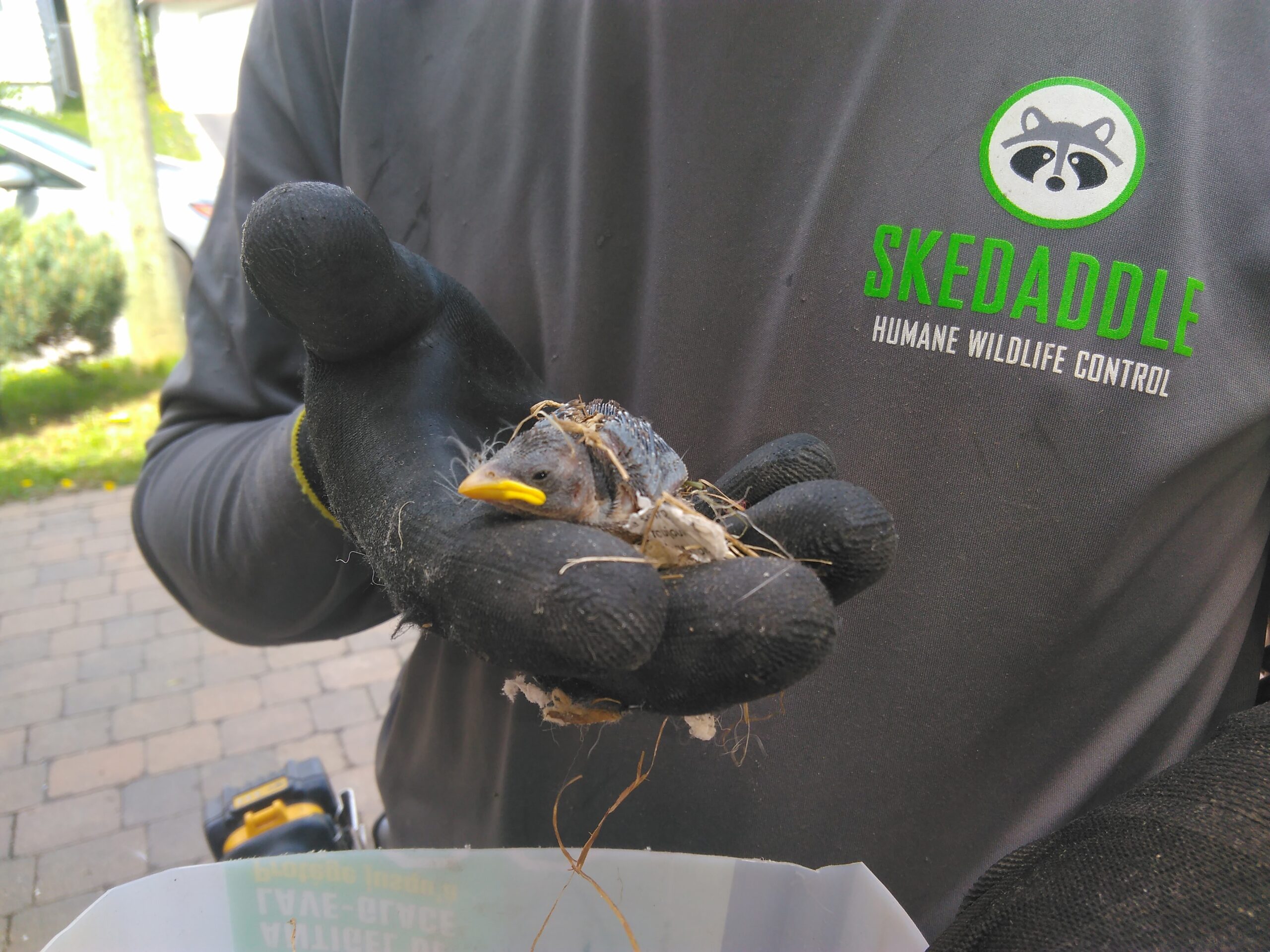Laying eggs is an interesting phenomenon in which birds of all species partake. Unless you are an avid bird watcher, you may be wondering when do birds lay eggs? Birds are most well known for laying eggs during the springtime, but there are more factors than just the time of year that influence bird behaviour. Here are a few of the factors that contribute to birds laying eggs.
Bird Species
With all other factors aside, the species of the bird has some influence on the time of year that they nest. For example, the barn owl and American robin are considered to be early spring nesters. These birds predominantly lay eggs in April and May. Birds such as the common yellowthroat and barn swallow, however, are late spring nesters and primarily lay eggs during the months of May and June.
Some of the reasons why the time of year for egg-laying differs by species include different species living in different locations, and different types of birds eating certain kinds of food. For example, the crossbill eats a particular type of seed that is more readily available in the winter, so they are one of the types of birds that lay eggs during the colder months.
Doves and pigeons are some of the birds that lay eggs all year long. These birds feast on food from backyard gardens, so they are particularly prone to building nests near houses. Because they nest so often, it might be necessary for wildlife removal service in Madison to come and safely remove the nests of these species.
Weather and Latitude
For some species of birds, warmer temperatures mean greater availability of food. This, in turn, increases their energy levels to build a nest and lay eggs and ensures that there will be food to feed their young once they hatch. Studies have shown that some birds use the temperature at night during the springtime to determine when to start building a nest. For these seasonal nesters, shifts in global weather patterns can impact when they start the process of laying eggs.
At higher latitudes, such as northern Canada and Europe, the daylight hours are shorter in addition to there being cooler temperatures. This means that birds at these latitudes have a shorter period of time in which to breed than birds who live at lower latitudes, such as Mexico or the southern United States.
How To Prevent Birds From Nesting
Birds tend to nest in places that are warm, safe from natural predators, and close to sources of food for them and their hatchlings. While some birds build nests directly on the ground, this generally means that rooftops, window ledges, wall vents, chimneys, eavestroughs and trees are suitable nesting places for most birds.
Sealing off openings to vents and chimneys is one way to humanely prevent birds from nesting in your house. Make sure that any backyard trees are far enough away from the house so that bird droppings are not an interference. Other ways to discourage nesting include installing shiny objects around your home, using wind chimes on your porch, and spraying a citrus-scented repellent.
However, once you do have nesting birds around your home, it is best to leave the removal of the nests to the professionals. Handling nests yourself can spread illness, and cause you to break the eggs in the nest or injure the baby birds. Some birds may even attack you if they feel that their nest is being threatened.
If you have a problem with birds nesting on or around your property, Skedaddle Humane Wildlife Control can remove the nests and assist you with preventing further nests from being built in the future.




